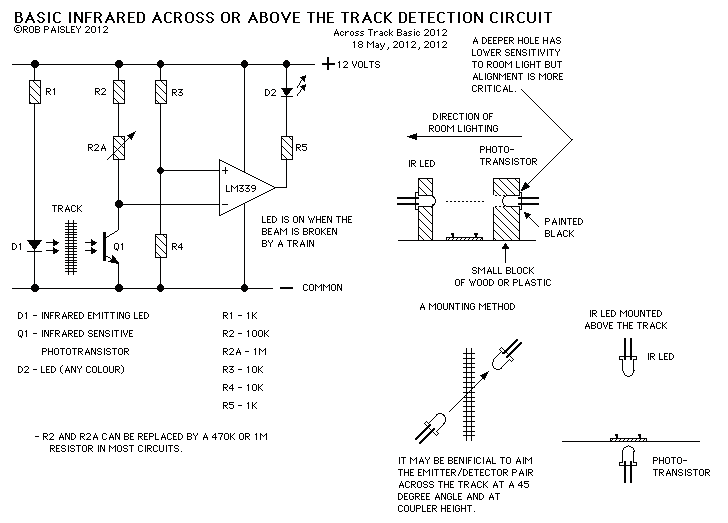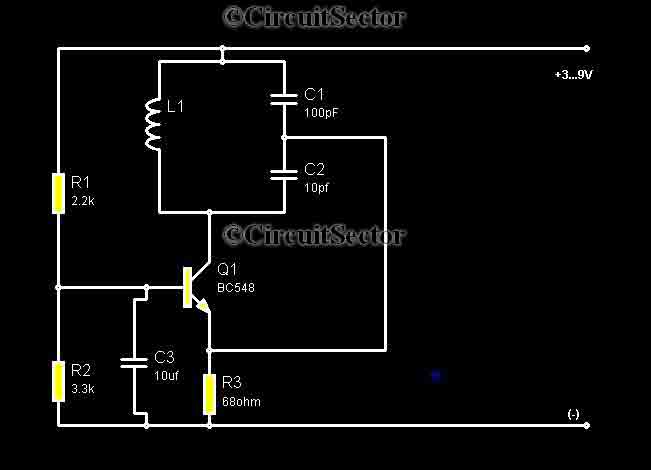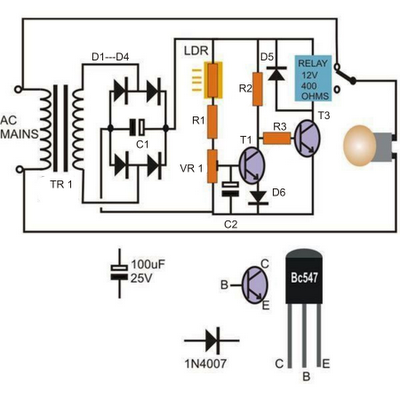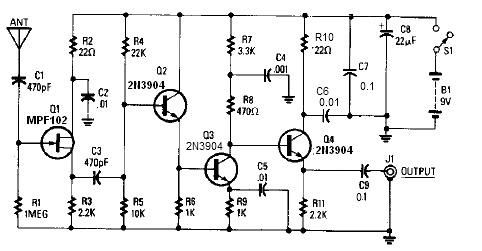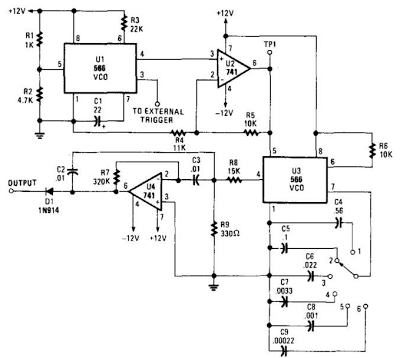
simple metal detector
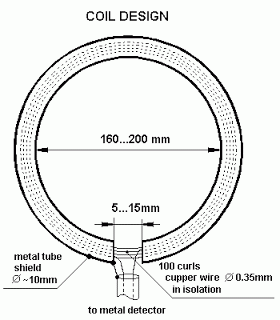
This design features a simple metal detector with commendable characteristics. Its operational principle differs from traditional schemes such as BFO (Beat Frequency Oscillator) and the two-box transmit-receive metal detectors. The dynamic mode is employed to locate targets in environments with interference. According to signal filtration theory, if the shape of the signal is known, an optimal filter can be constructed to extract the signal with the highest signal-to-noise ratio. This filter is referred to as the optimal matched filter. In this device, a digital optimal matched filter has been implemented as part of the microcontroller software. The filter parameters have been optimized for effective detection of both ferrous and non-ferrous targets at sensor velocities ranging from 0.5 to 1.0 m/s.
The metal detector operates based on a unique design that enhances its performance in environments where electromagnetic interference may hinder detection capabilities. The dynamic mode allows the device to adaptively filter out noise, ensuring that the target signals are accurately detected even in challenging conditions. The implementation of the optimal matched filter within the microcontroller software is a significant advancement, allowing for real-time processing of incoming signals.
The design focuses on maximizing the signal-to-noise ratio, which is crucial for distinguishing between actual metal targets and background noise. By optimizing the filter parameters, the device is capable of effectively identifying both ferrous (iron-based) and non-ferrous (non-iron-based) metals, broadening its application range. The specified sensor velocity of 0.5 to 1.0 m/s indicates the operational efficiency of the device, ensuring that it can effectively scan areas without significant loss of detection accuracy.
Overall, this metal detector design represents a modern approach to metal detection technology, leveraging advanced signal processing techniques to deliver reliable performance in various environments.It`s a simple metal detector design that has the quite good characteristics. the principle of operation which one differs from the classic schemes (BFO, transmit-receive known as "two-boxes" metal detector, inductive). The dynamic mode is used to find targets in interference environment. There is known from theory of signal filtration that if signal shape is determined we can construct optimal filter
the best one for extracting the signal with maximum signal/noise ratio. This filter is known as optimal matched filter. In our device we realized digital optimal matched filter as part of microcontroller software. The filter parameters are optimized for effective ferro- and nonferro targets detection on 0. 5-1. 0 m/s velocity of sensor. 🔗 External reference
The metal detector operates based on a unique design that enhances its performance in environments where electromagnetic interference may hinder detection capabilities. The dynamic mode allows the device to adaptively filter out noise, ensuring that the target signals are accurately detected even in challenging conditions. The implementation of the optimal matched filter within the microcontroller software is a significant advancement, allowing for real-time processing of incoming signals.
The design focuses on maximizing the signal-to-noise ratio, which is crucial for distinguishing between actual metal targets and background noise. By optimizing the filter parameters, the device is capable of effectively identifying both ferrous (iron-based) and non-ferrous (non-iron-based) metals, broadening its application range. The specified sensor velocity of 0.5 to 1.0 m/s indicates the operational efficiency of the device, ensuring that it can effectively scan areas without significant loss of detection accuracy.
Overall, this metal detector design represents a modern approach to metal detection technology, leveraging advanced signal processing techniques to deliver reliable performance in various environments.It`s a simple metal detector design that has the quite good characteristics. the principle of operation which one differs from the classic schemes (BFO, transmit-receive known as "two-boxes" metal detector, inductive). The dynamic mode is used to find targets in interference environment. There is known from theory of signal filtration that if signal shape is determined we can construct optimal filter
the best one for extracting the signal with maximum signal/noise ratio. This filter is known as optimal matched filter. In our device we realized digital optimal matched filter as part of microcontroller software. The filter parameters are optimized for effective ferro- and nonferro targets detection on 0. 5-1. 0 m/s velocity of sensor. 🔗 External reference
